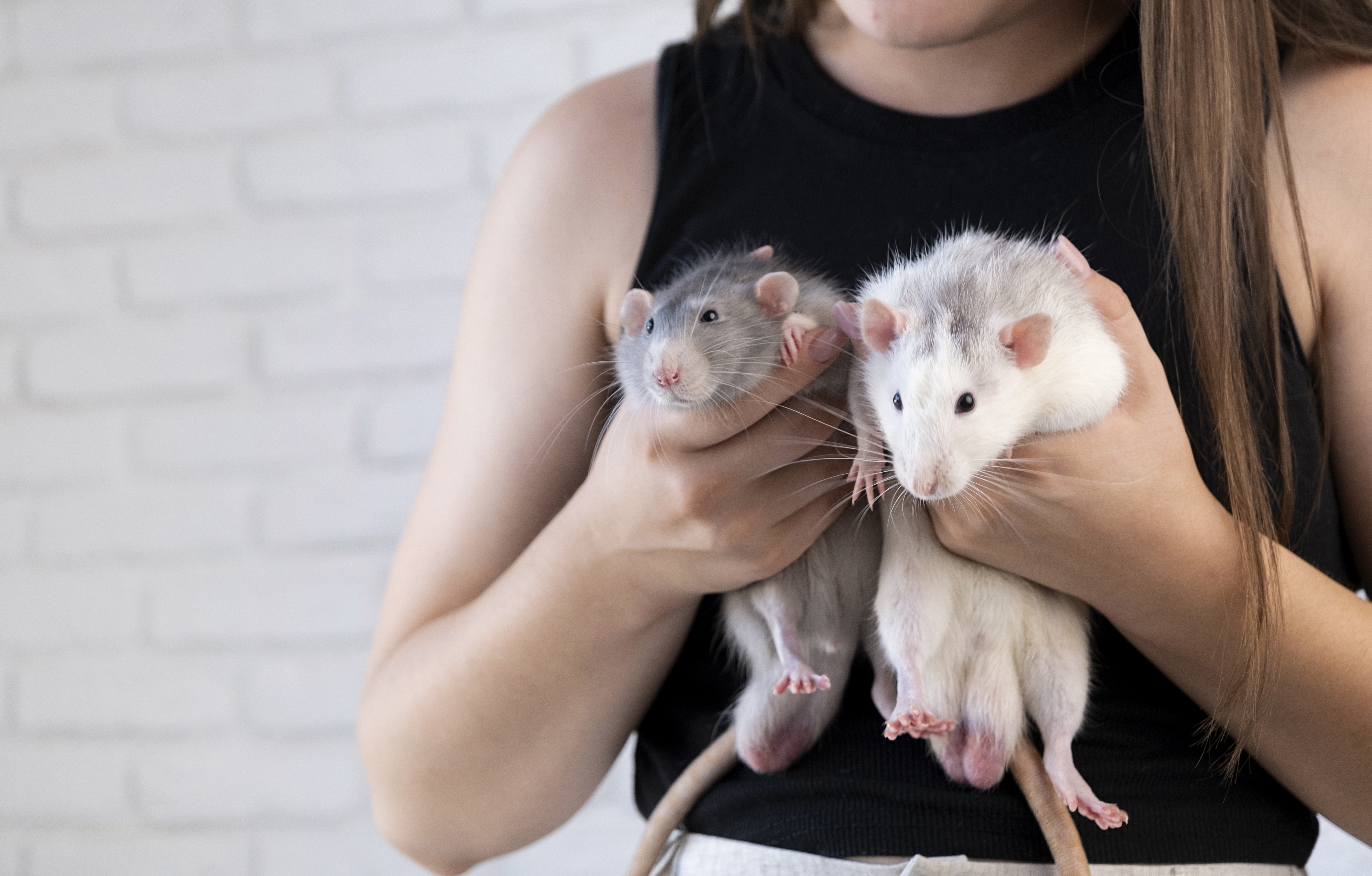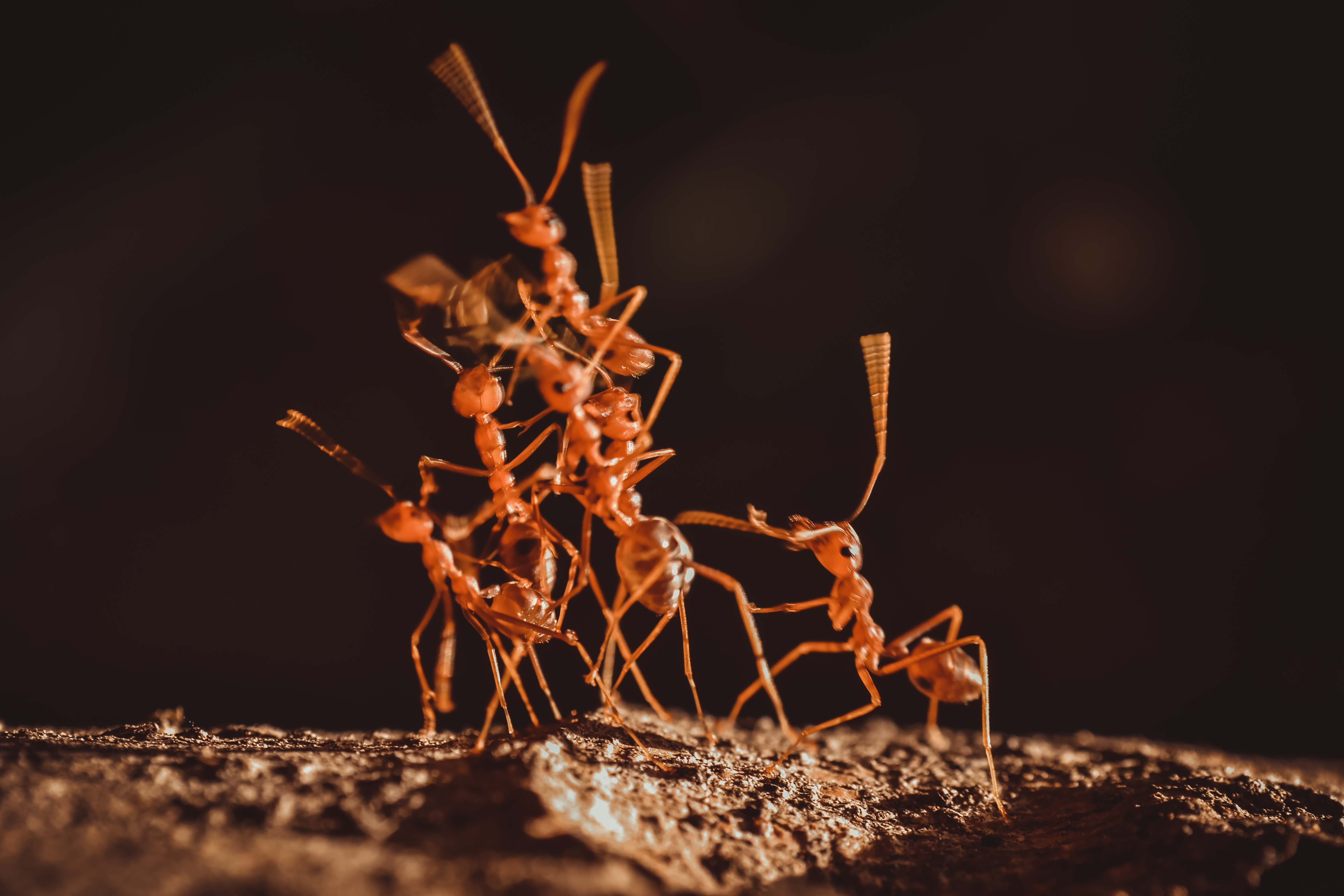12 Surprising Facts About Hamsters That Will Melt Your Heart
Hamsters, with their tiny paws and twitching noses, have long captured the hearts of pet enthusiasts around the world. These small creatures, often underestimated in their complexity and charm, offer a wealth of delightful surprises to those who take the time to observe them closely. While their adorable appearances are immediately captivating, it is their behaviors, social interactions, and unique characteristics that truly endear them to us. This article delves into 12 adorable strategies that hamsters employ, each one certain to capture your heart and surprise you. From their intricate communication methods to their playful antics, hamsters are more than just cute pets; they are fascinating animals with a rich tapestry of behaviors and traits waiting to be explored.
1. The Art of Hamster Communication

Despite their small size, hamsters possess a surprisingly sophisticated range of communication techniques. They use a combination of vocalizations, body language, and scent marking to convey messages to one another and to their human caretakers. Hamster vocalizations include squeaks, chirps, and even purring sounds, each serving a distinct purpose. For instance, a high-pitched squeak might indicate distress or excitement, while a soft purr could signal contentment. Body language is equally important; a hamster standing on its hind legs might be trying to get a better view of its surroundings or seeking attention. Scent marking is another crucial aspect of hamster communication. They have specialized scent glands located on their flanks, which they use to mark their territory. This behavior not only establishes dominance but also helps them navigate their environment. By understanding these communication methods, owners can better interpret their pet's needs and emotions, fostering a deeper bond between human and hamster.
2. The Ingenious Hamster Wheel: More Than Just Exercise
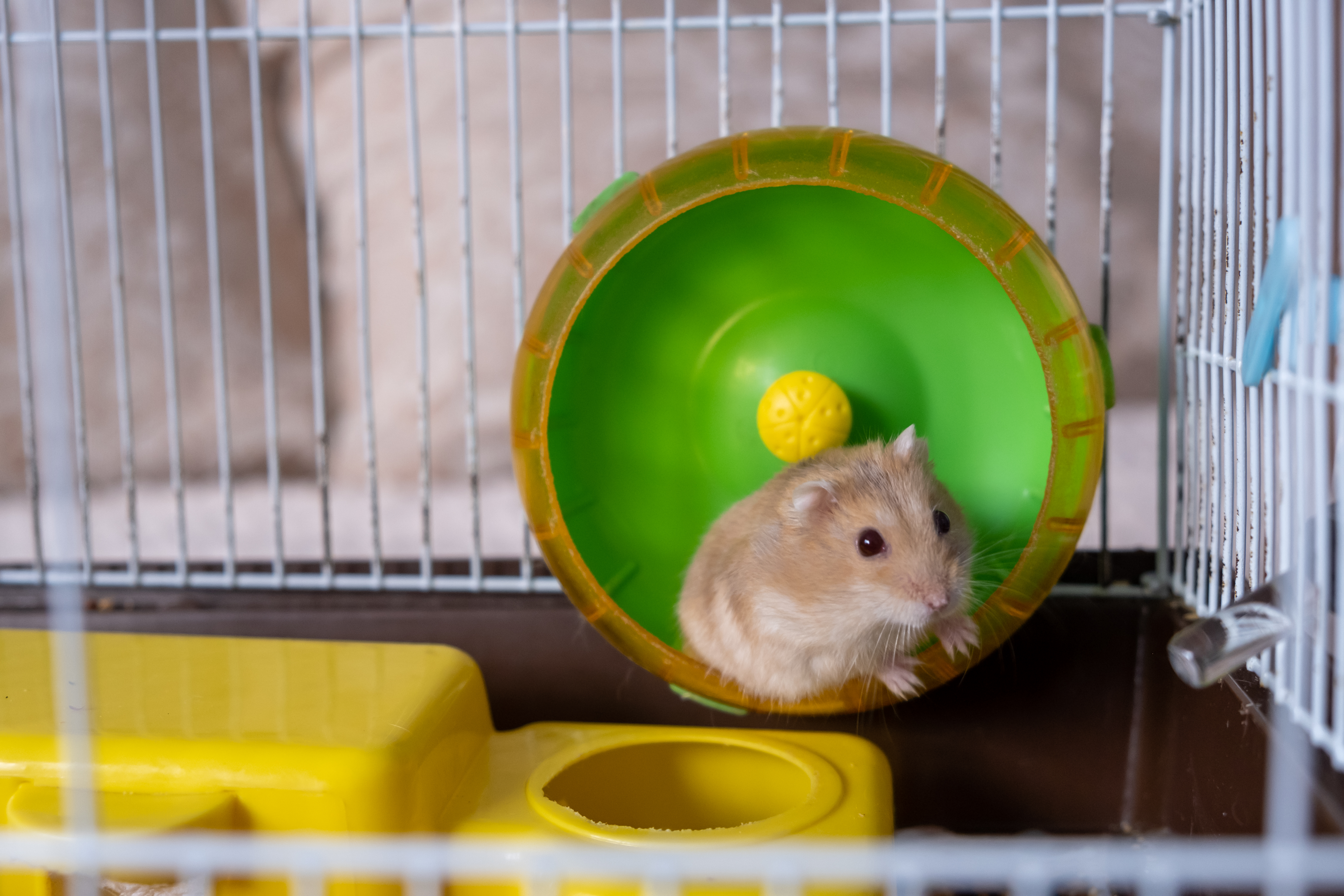
The hamster wheel is a staple in any hamster habitat, but its significance goes beyond mere exercise. Running on a wheel satisfies a hamster's instinctual need for exploration and movement. In the wild, hamsters can travel several miles each night in search of food and mates. The wheel provides a safe and convenient way for them to expend this natural energy in captivity, contributing to their physical and mental well-being. Moreover, the wheel can also serve as a tool for behavioral enrichment. Some studies suggest that hamsters with access to a wheel are less prone to stress and exhibit fewer signs of boredom. Observing their pet's wheel-running habits can also provide owners with insights into their hamster's health and happiness. A sudden decrease in wheel activity might indicate illness or discomfort, prompting a timely visit to the veterinarian.
3. Burrowing: The Hamster's Natural Instinct
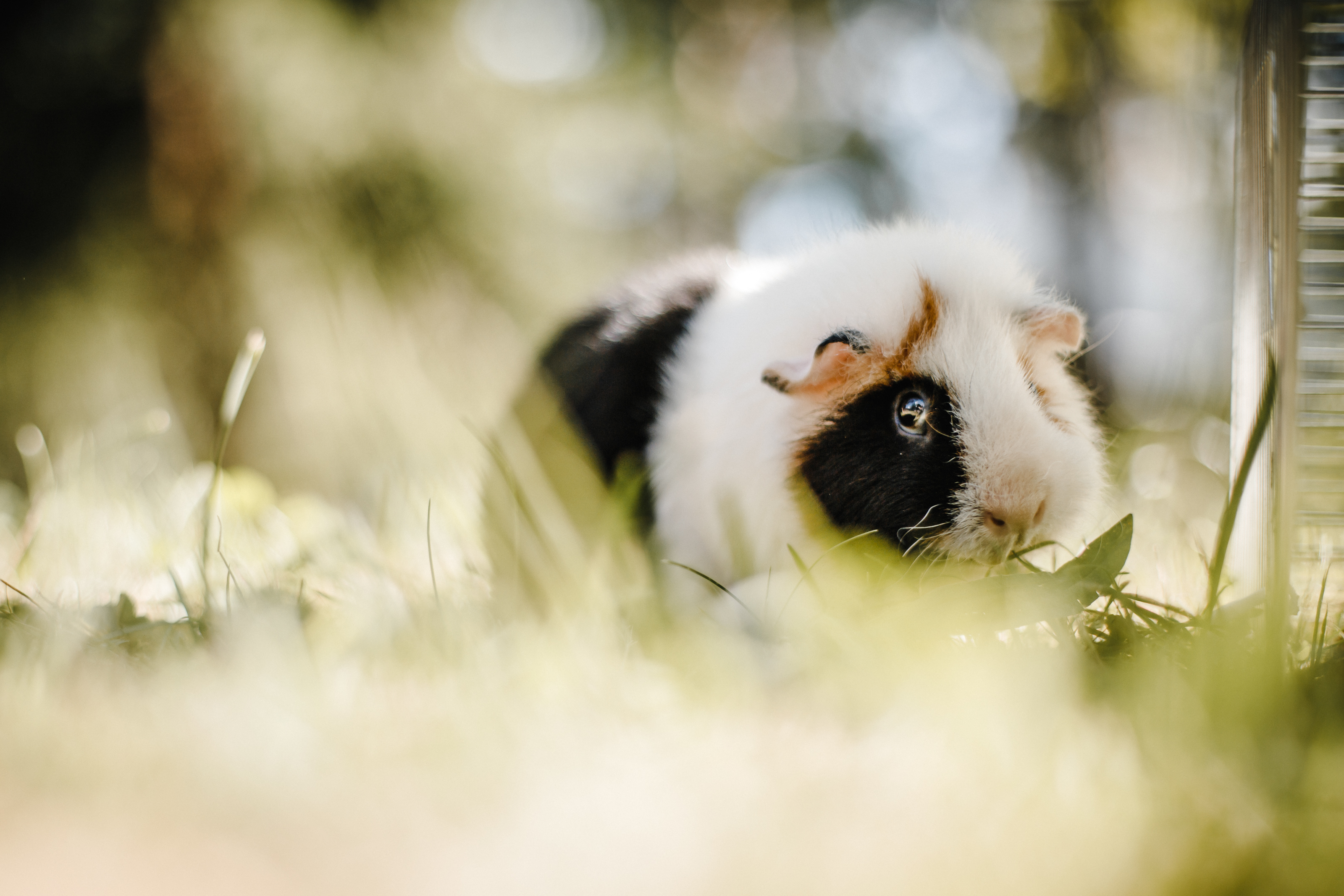
Burrowing is an innate behavior that plays a crucial role in a hamster's life. In the wild, hamsters dig elaborate tunnel systems to create a safe haven from predators and harsh weather conditions. These burrows serve as homes, food storage areas, and nurseries for raising young. In captivity, the opportunity to burrow can greatly enhance a hamster's quality of life. Providing deep bedding material in a hamster's enclosure encourages this natural behavior. Watching a hamster dig and construct its burrow is not only entertaining but also essential for its mental and physical health. Burrowing allows hamsters to engage in natural behaviors, reducing stress and preventing boredom. For owners, facilitating this activity can be a rewarding way to observe and appreciate their pet's ingenuity and resourcefulness.
4. The Social Dynamics of Hamster Society

While hamsters are often perceived as solitary creatures, their social behaviors are more complex than they appear. Some species, like the Syrian hamster, prefer to live alone, while others, such as the dwarf hamster, can thrive in small groups. Understanding these social dynamics is crucial for providing appropriate care. In multi-hamster households, it's important to monitor interactions closely to prevent aggression and ensure harmony. Hamsters communicate through grooming, play-fighting, and even sharing food. These interactions can strengthen bonds and provide mental stimulation. For solitary species, regular human interaction can help fulfill their social needs. Recognizing and respecting a hamster's social preferences is key to fostering a happy and healthy environment.
5. The Nutritional Nuances of a Hamster's Diet
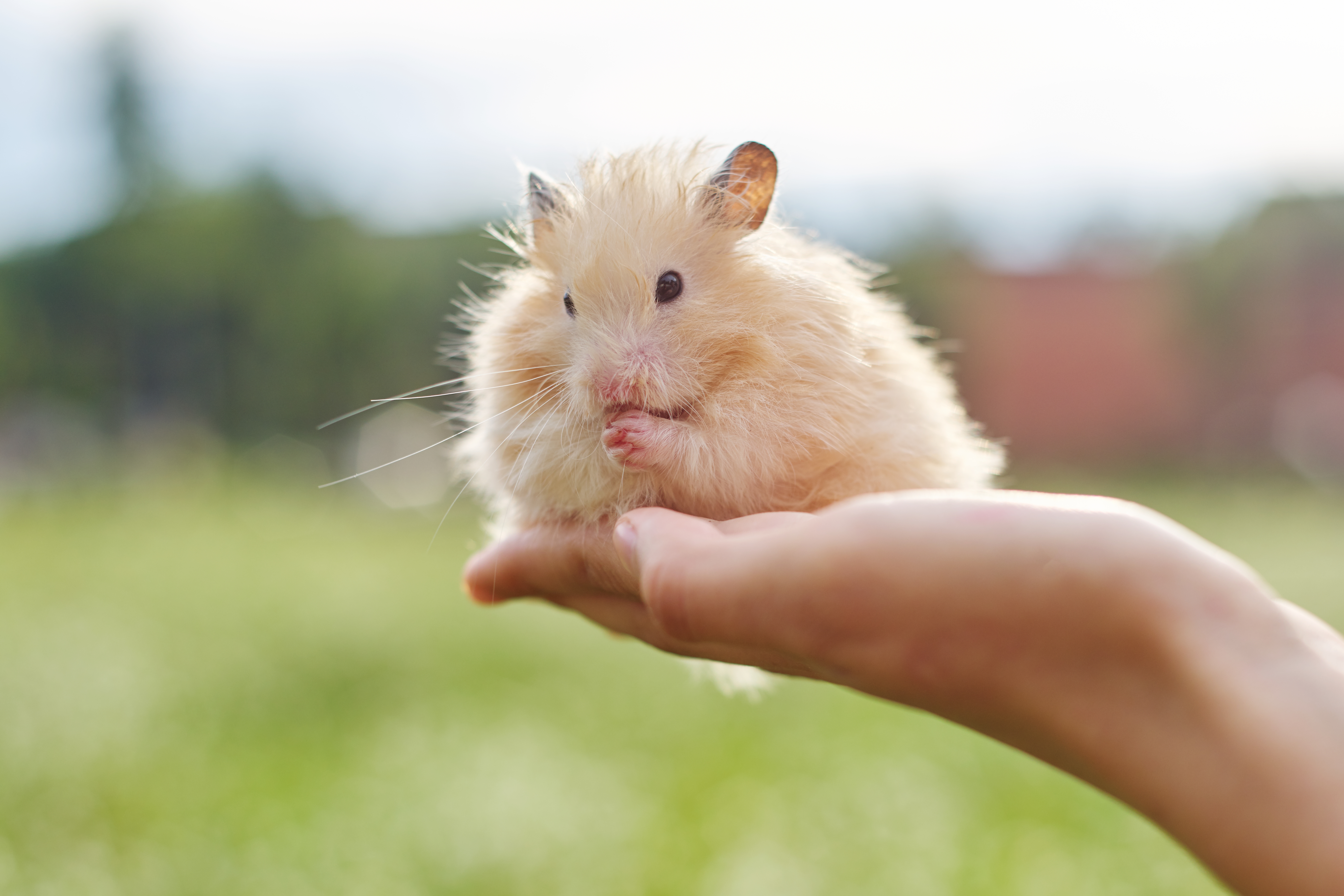
A balanced diet is fundamental to a hamster's health and longevity. In the wild, hamsters are opportunistic feeders, consuming a variety of seeds, grains, insects, and vegetation. Replicating this diversity in captivity requires careful planning. Commercial hamster food provides a solid nutritional base, but supplementing with fresh fruits, vegetables, and occasional protein sources can enhance their diet. It's important to be mindful of portion sizes and avoid overfeeding, as hamsters are prone to obesity. Additionally, certain foods, such as chocolate and onions, are toxic to hamsters and should be avoided. By understanding the nutritional needs and preferences of their pet, owners can ensure their hamster remains healthy and vibrant.
6. The Playful Nature of Hamsters
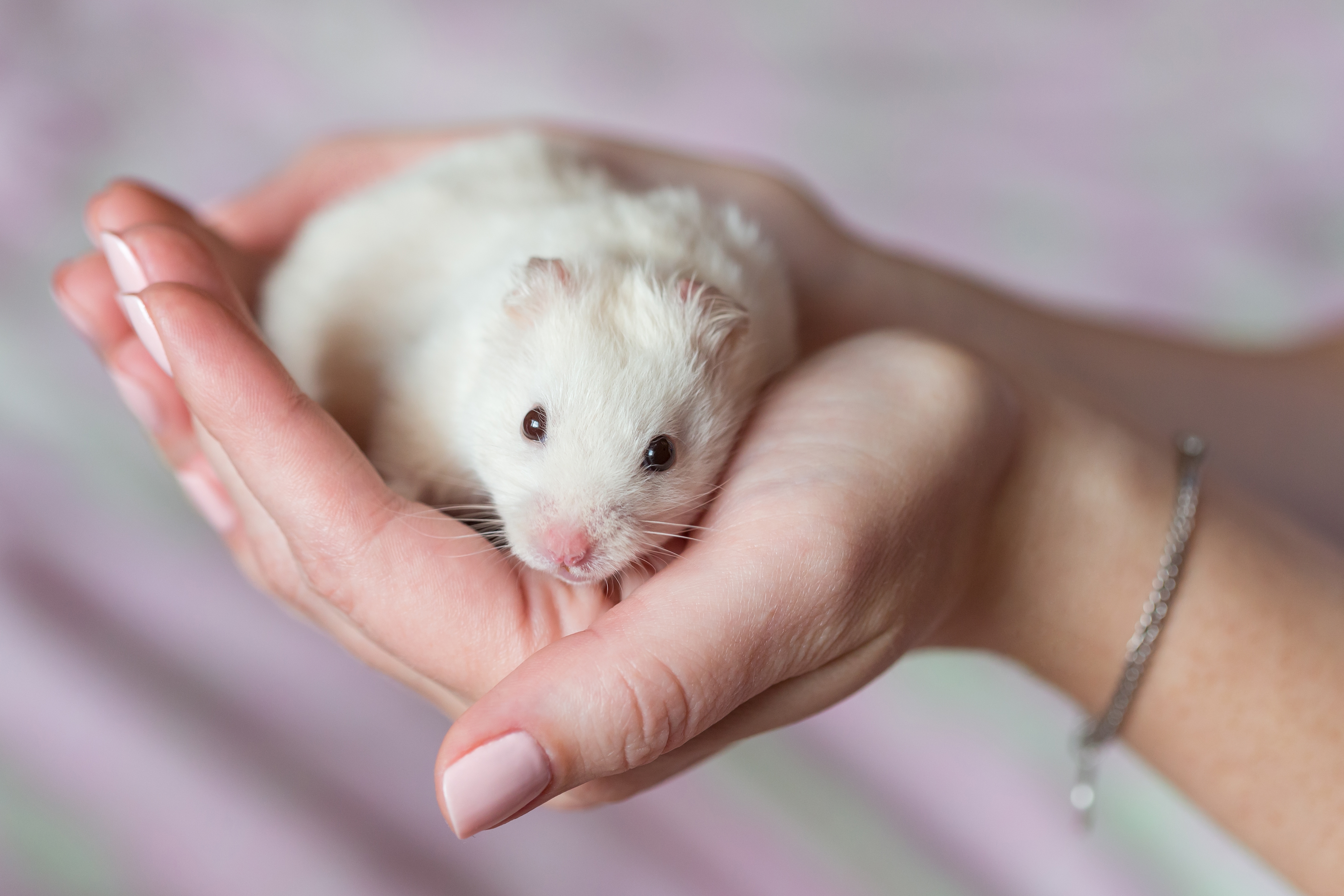
Play is an essential component of a hamster's life, providing both physical exercise and mental stimulation. Hamsters engage in a variety of playful activities, from running through tunnels to climbing on toys and exploring their environment. These activities not only help maintain their physical health but also prevent boredom and reduce stress. Providing a variety of toys and regularly changing their habitat layout can keep a hamster engaged and entertained. Interactive play with their human caretakers, such as gentle handling and supervised exploration outside the cage, can further enhance their quality of life. Understanding and facilitating a hamster's play needs is a delightful way to strengthen the bond between pet and owner.
7. The Remarkable Memory of Hamsters
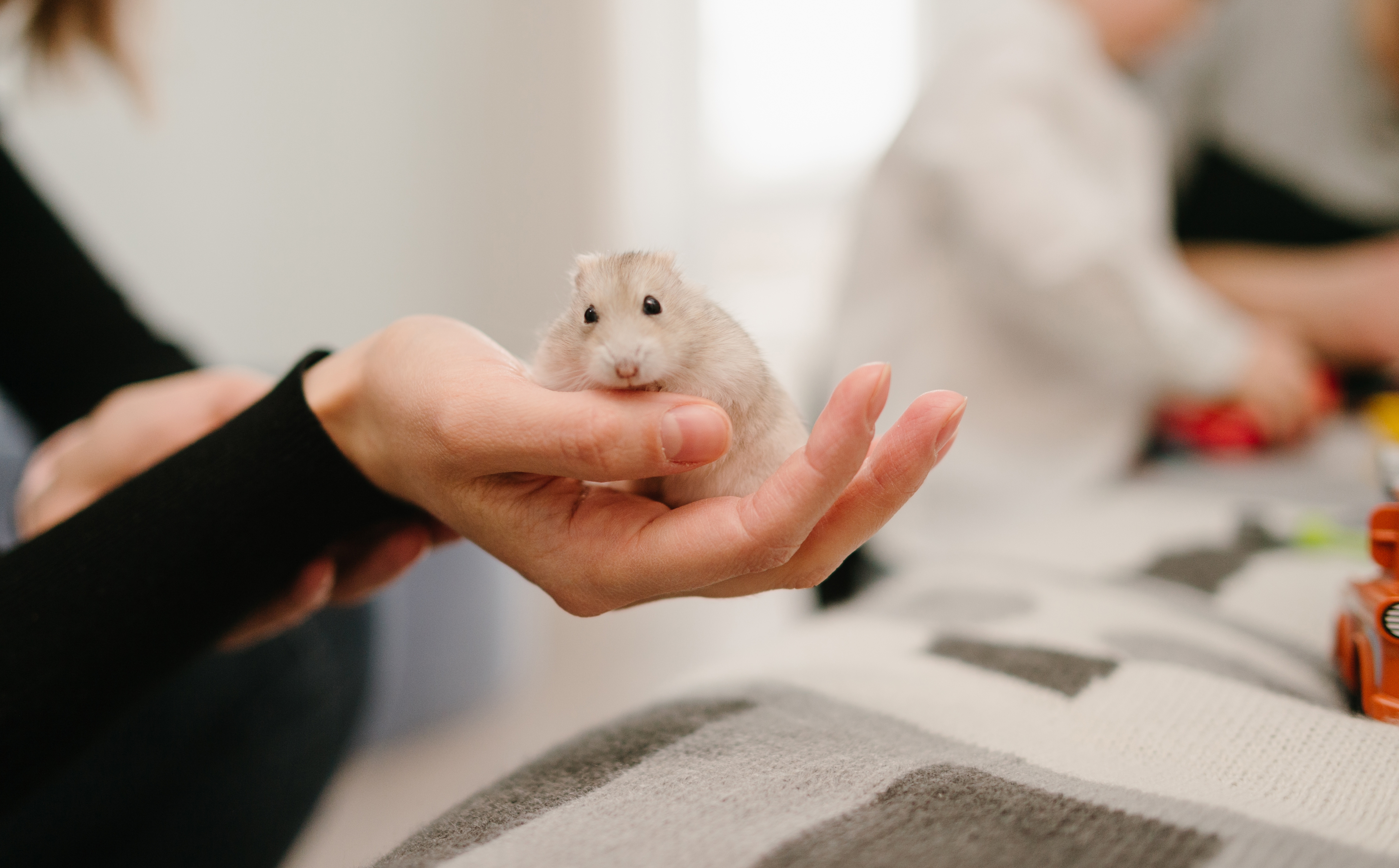
Contrary to popular belief, hamsters possess a remarkable memory that aids in their survival. In the wild, they rely on their memory to locate food caches and navigate complex burrow systems. In captivity, this memory allows them to recognize familiar people, routines, and environments. Owners can leverage this memory by establishing consistent feeding and play schedules, which can help reduce stress and create a sense of security for their pet. Additionally, hamsters can be trained to perform simple tasks and tricks, further demonstrating their cognitive abilities. By appreciating and nurturing a hamster's memory, owners can enrich their pet's life and deepen their mutual understanding.
8. The Unique Sleep Patterns of Hamsters

Hamsters are crepuscular animals, meaning they are most active during twilight hours. Understanding their sleep patterns is crucial for providing a comfortable and stress-free environment. Unlike humans, hamsters sleep in short bursts throughout the day and night, often waking to eat or explore. Respecting a hamster's natural sleep schedule is important for their well-being. Disturbing them during their rest periods can lead to stress and health issues. Providing a quiet and dimly lit environment during the day can help mimic their natural habitat and promote healthy sleep patterns. By accommodating their unique sleep needs, owners can ensure their hamster remains happy and healthy.
9. The Importance of Grooming in Hamster Care

Grooming is an essential aspect of a hamster's daily routine, contributing to their hygiene and overall health. Hamsters meticulously clean themselves using their paws and teeth, removing dirt and debris from their fur. This behavior also serves as a form of stress relief and comfort. While hamsters are generally self-sufficient in their grooming habits, owners can assist by providing a clean and safe environment. Regularly cleaning their cage and offering a sand bath can enhance their grooming routine. Monitoring their fur and skin for signs of parasites or health issues is also important. By supporting their grooming needs, owners can help their hamster maintain a clean and healthy appearance.
10. The Role of Scent in a Hamster's World
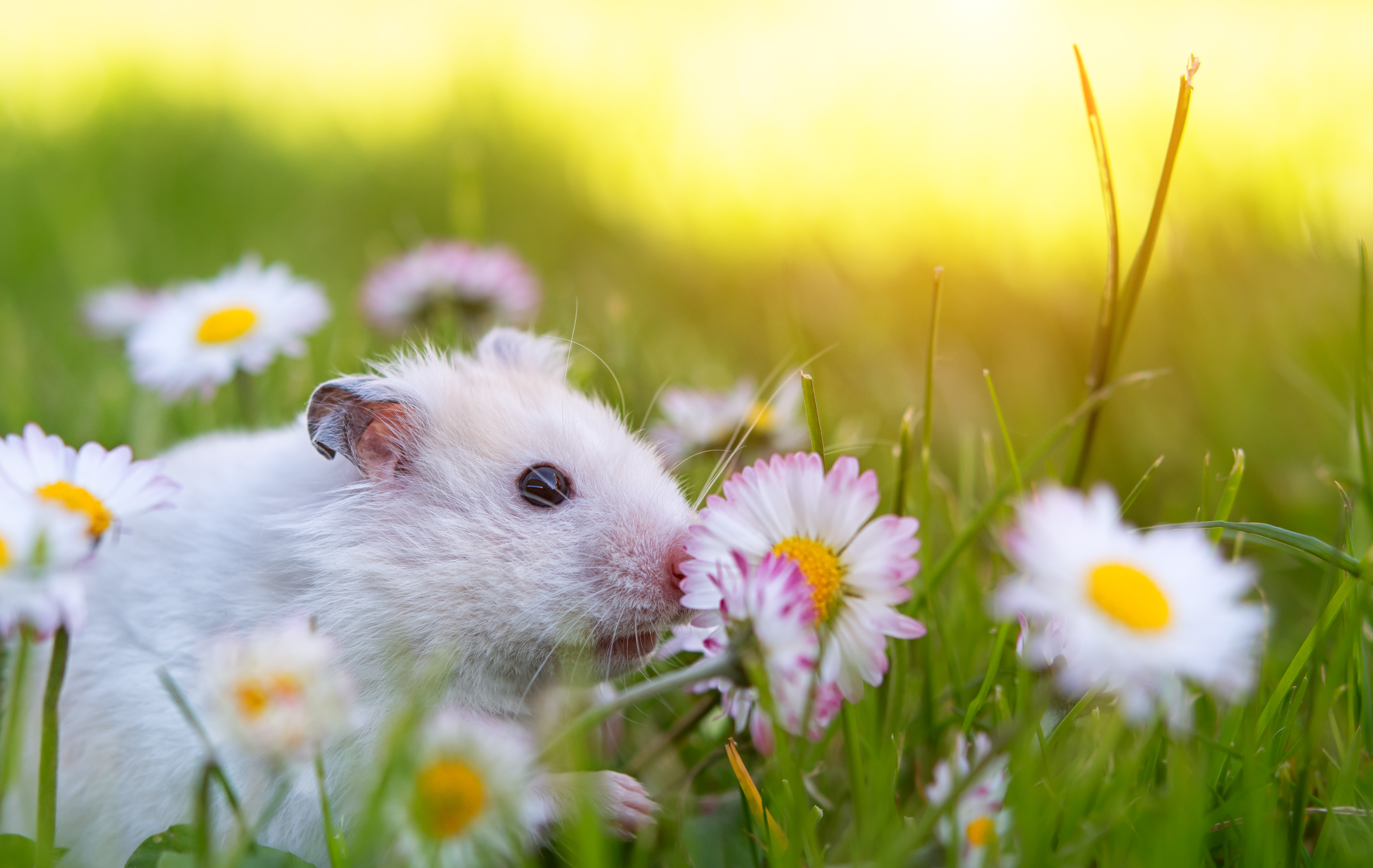
Scent plays a vital role in a hamster's life, influencing their behavior and interactions. Hamsters use scent to communicate, mark territory, and identify familiar individuals and objects. Their keen sense of smell allows them to detect food, potential threats, and mates. Understanding the importance of scent can help owners create a comfortable and stimulating environment for their pet. Avoiding strong odors and using unscented bedding can prevent stress and confusion. Additionally, introducing new objects or individuals gradually allows the hamster to acclimate to new scents. By respecting their olfactory needs, owners can foster a harmonious and enriching environment for their hamster.
11. The Fascinating World of Hamster Breeding
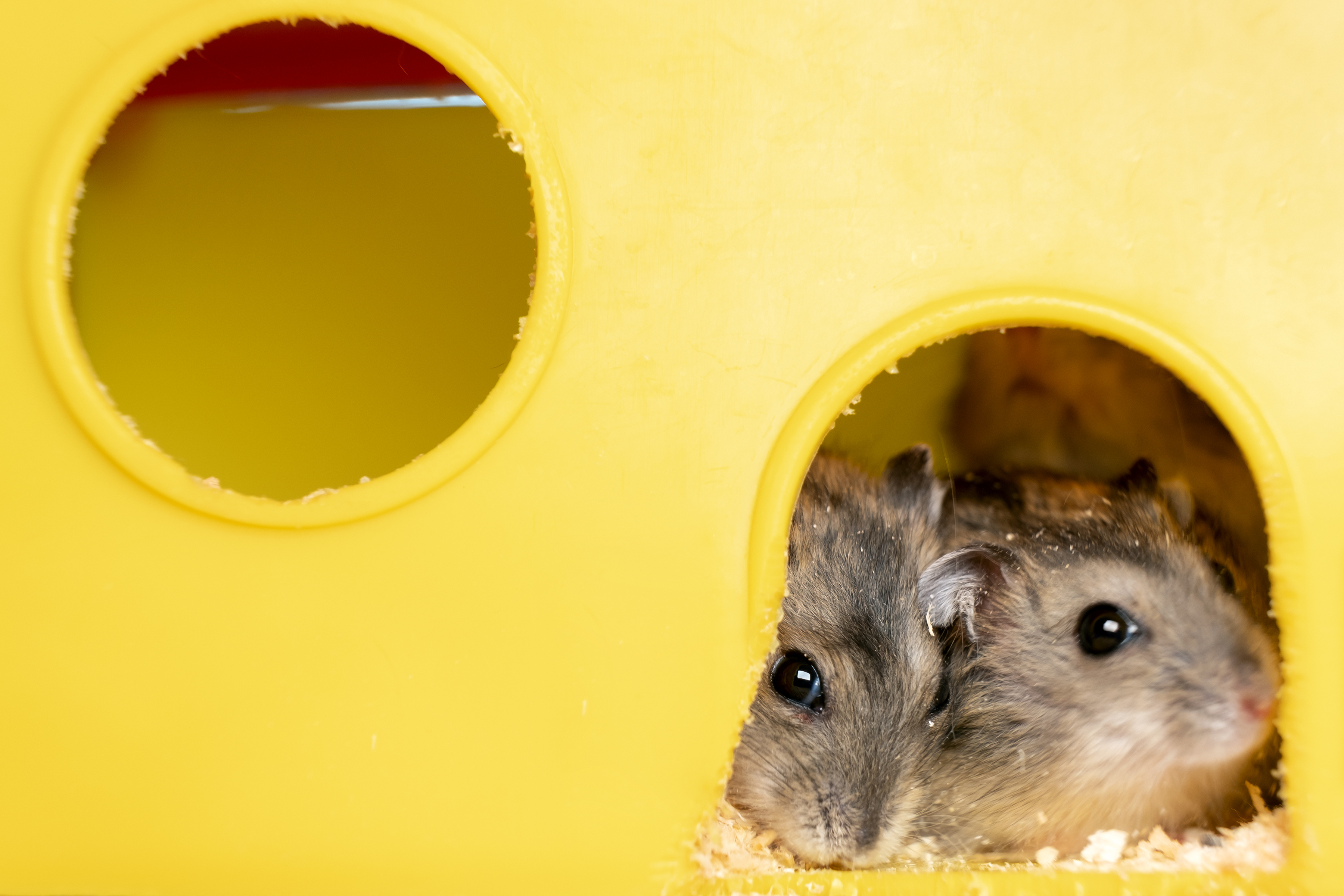
Breeding hamsters is a complex and fascinating process that requires careful consideration and planning. Understanding the reproductive behaviors and needs of hamsters is essential for responsible breeding. Female hamsters have a short estrous cycle and can become pregnant quickly, necessitating careful monitoring and management. Providing a suitable environment for breeding, including a spacious cage and appropriate nesting materials, is crucial. Understanding the signs of pregnancy and preparing for the care of newborn pups is also important. For those interested in breeding hamsters, educating themselves on the process can lead to a rewarding and successful experience.
12. The Lifespan and Aging of Hamsters
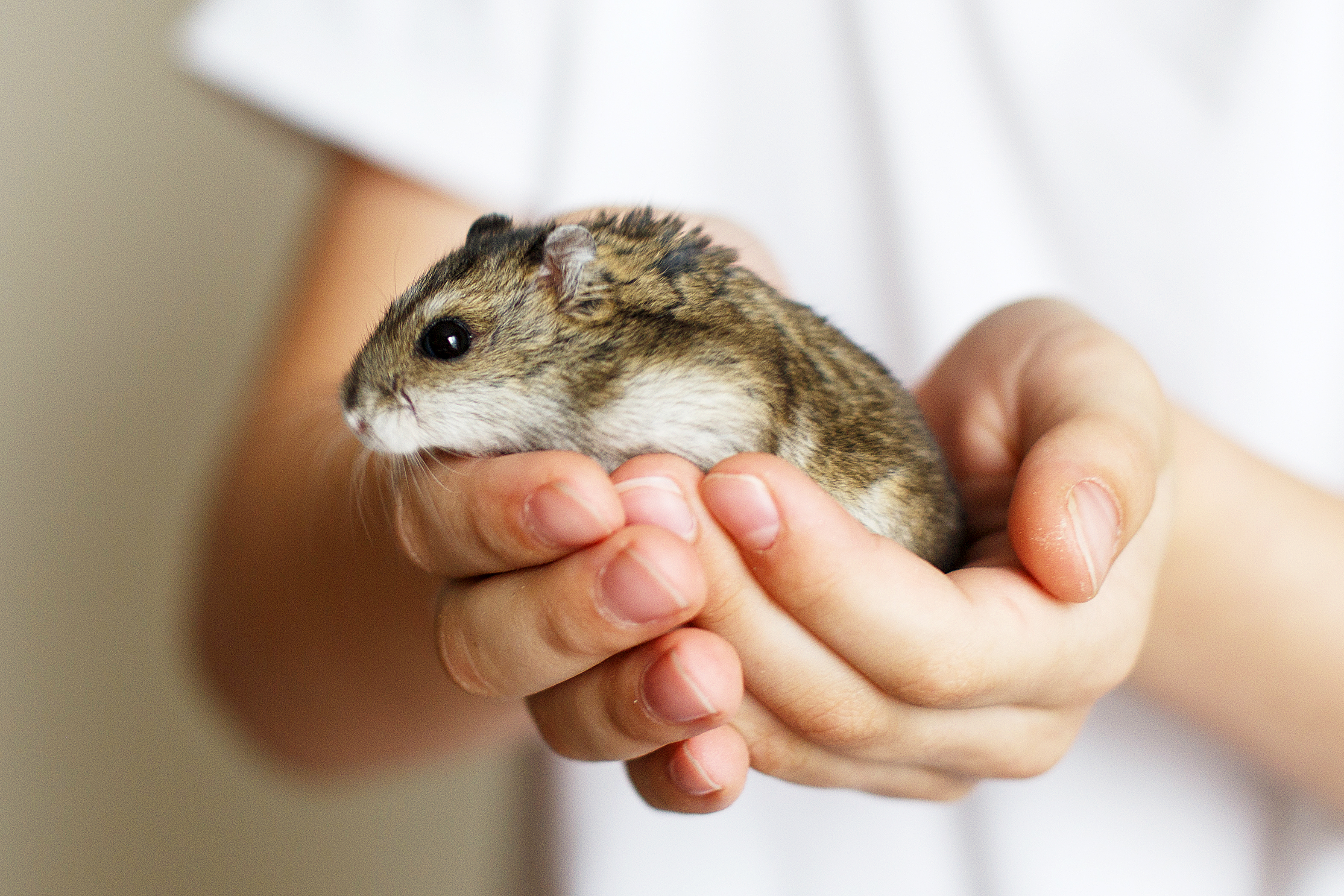
Hamsters have a relatively short lifespan, typically ranging from two to three years. Understanding the aging process and providing appropriate care can help ensure a hamster lives a full and healthy life. As hamsters age, they may experience changes in behavior, mobility, and health. Providing a comfortable environment, a balanced diet, and regular veterinary care can support their well-being in their senior years. Understanding the signs of aging and adapting their care routine accordingly is important for maintaining their quality of life. By cherishing each moment and providing attentive care, owners can make the most of their time with their beloved pet.
Hamsters, with their endearing behaviors and fascinating characteristics, continue to capture the hearts of people worldwide. From their intricate communication methods to their playful antics, these small creatures offer a wealth of surprises and delights. By understanding and appreciating the unique strategies they employ, we can deepen our connection with them and enrich their lives. Whether as beloved pets, scientific models, or educational tools, hamsters hold a special place in our hearts and homes. As we celebrate their charm and complexity, we are reminded of the joy and wonder that these tiny animals bring to our lives.

